Samsung Galaxy S25 Edge review: Two-minute review

Samsung understood the assignment with the Galaxy S25 Edge, but it didn’t strive for extra credit. The goal was to make a Galaxy S25 Plus that’s easier to hold, but Samsung did not set out to make the thinnest phone possible – in fact the Galaxy S25 Edge isn’t even the thinnest phone Samsung makes today. Instead, it did what Samsung does best: it gave us a little more inside a little less.
The Galaxy S25 Edge is a very good phone, and it feels like something unique compared to every other phone I’ve reviewed. The difference is noticeable; it’s much slimmer and lighter than almost everything else, even when wearing a case. Still, the S25 Edge isn’t a revolutionary new design, and I can’t help but anticipate the competition it’s going to face from Apple in the shape of the rumored iPhone 17 Air.
This is the thinnest Galaxy S device Samsung has ever crafted. It’s 1.5mm thinner than the Galaxy S25 Plus, and almost 2.5mm thinner than the Galaxy S25 UItra.
Could I feel that millimeter in my hand? I’m not sure, but between the thinness and the weight reduction – it’s almost a full ounce lighter than the Plus and two ounces lighter than the Ultra – the Galaxy S25 Edge is undoubtedly a standout.

The Galaxy S25 Edge isn’t the phone for you if you want the thinnest phone possible. It’s the phone for you if you want a Galaxy S25 Plus, but wish it were easier to hold. It’s the Galaxy S25 Ultra, minus the extra bits that you wouldn’t use, like the S Pen stylus. It’s not something totally new, but it’s a better option for the right buyer.
But why didn’t Samsung go for broke? Why not make the Edge the absolute thinnest smartphone ever? The Galaxy Z Fold 6 is 5.6mm thin when it’s unfolded. Had it shaved another 0.3mm off the Edge, Samsung could have at least said that this is the thinnest Samsung phone you can buy.
The answer, of course, is battery life. The Galaxy Z Fold 6 is super thin, but the battery is split between the two halves. Each half of the Z Fold 6 packs only about 2,200mAh of battery life (for 4,400mAh total), which is a lot less than the 3,800mAh the Galaxy S25 Edge offers.
A thinner Galaxy S25 Edge would have meant a smaller battery, and based on my testing, the S25 Edge is using the smallest battery it can get away with.
The Edge had trouble lasting past dinner time in my testing period. If Samsung had made the Edge the thinnest phone ever!, it probably wouldn’t last through my lunch break. I have no doubt Samsung could build such a phone, but I wouldn’t recommend it.
That makes the S25 Edge a pleasantly thin phone that is simply not very special. There are no special features that set it apart from the rest of the Galaxy S25 family. There’s nothing new here. It’s a well-crafted device that delivers exactly what I expected; no more and no less. That’s not a bad thing! It’s just… predictable.

The big problem is that Samsung is competing against a specter. The iPhone 17 Air could arrive later this year, and it’s hard not to see the Galaxy S25 Edge as a preemptive attack by Samsung on Apple’s next design concept. Because make no mistake, Apple is going to make a big deal out of going thin.
Apple is going to pretend it invented the millimeter. If and when Apple launches an iPhone Air in September, it will act like thinness is the biggest design innovation since the capacitive touchscreen. All other specs be damned! And I think Apple will be willing to shrink the battery and cut back on cameras even more severely than Samsung.
If that happens, the iPhone 17 Air will probably be less capable than the Galaxy S25 Edge in many ways, but it will give Apple the all-important bragging rights. Apple could use the dual-OLED display found on the iPad Pro, and recent rumors suggest the rumored phone will be around 5.5mm, making it thinner than any phone Samsung currently sells.
In a way, this takes the pressure off Samsung. The Galaxy S25 Edge is a very nice phone, and it fits neatly into Samsung’s price ladder as a little nicer than the Galaxy S25 Plus, but not as feature-packed as the Galaxy S25 Ultra. It doesn’t need to prove anything – the Galaxy S25 Edge does fine with less, without trying to be the most.
Samsung Galaxy S25 Edge review: Price and availability
- Starts at $1,099 / £1,099 / AU$1,849 for 256GB/12GB configuration
- That’s $100 / £100 / AU$500 more than S25 Plus, $200 / £150 less than the Ultra

The Galaxy S25 Edge slots in neatly between the Galaxy S25 Plus and S25 Ultra in Samsung’s lineup. It’s closer to the Plus, which makes sense because it lacks more of the Ultra features than it possesses – there’s no S Pen, no telescopic zoom lens, and no big battery inside, for instance, although it is, like the S25 Ultra, built from titanium.
Otherwise, you get most of what you’d expect from the Galaxy S25 Plus, minus the zoom camera. It packs a sensor with a lot of megapixels, and that sensor is actually larger than the main sensor on the Galaxy S25 Plus. Both cameras use sensors that are smaller than the main 200MP sensor on the mighty Galaxy S25 Ultra.
Now I need a moment with my Australian friends, because something very odd is happening down under. The Galaxy S25 Ultra has come down in price by AU$400 since launch, which means it costs less than the Galaxy S25 Edge by AU$100. Also, the S25 Edge seems priced a bit high in Australia compared to the rest of the world – it’s AU$500 more than the Galaxy S25 Plus?! That seems like a mistake, but it’s the real price for now, so I would wait until Samsung offers a discount to buy the Edge.
Swipe to scroll horizontally
Storage | US price | UK price | AU price |
256GB | $1,099 | £1,099 | AU$1,849 |
512GB | $1,219 | £1,199 | AU$2,049 |
- Value score: 4 / 5
Samsung Galaxy S25 Edge review: Specs
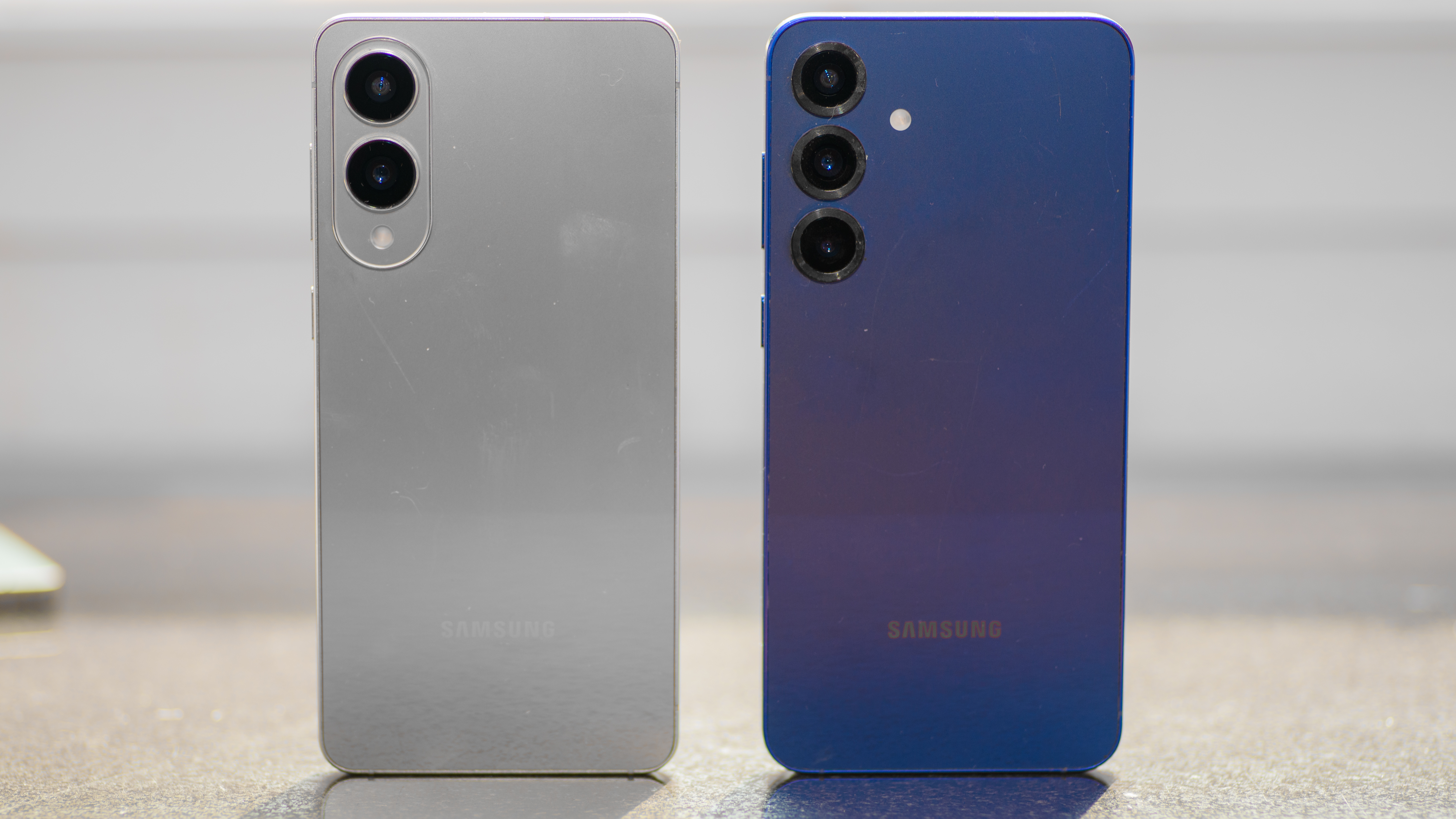
Like the rest of the Galaxy S25 family, the S25 Edge gets 12GB of RAM to support the Qualcomm Snapdragon 8 Elite for Galaxy chipset inside. This platform has proven powerful and very efficient in my reviews of the best Android phones this year.
The 6.7-inch display on the S25 Edge seems to be identical to that on the S25 Plus. The main camera uses a new 200MP sensor that we haven’t seen before, which is a bit smaller than the 200MP sensor on the Galaxy S25 Ultra, but larger than the 50MP sensor on the Galaxy S25 Plus. There’s no telephoto lens, but the Edge seems to use the same 12MP ultrawide camera as the S25 Plus.
The Galaxy S25 Edge comes with a 3,900mAh battery under its display, which is even smaller than the 4,000mAh battery beneath the Galaxy S25’s 6.2-inch screen. That’s what you sacrifice when you make a phone thin.
Swipe to scroll horizontally
Dimensions | 158.2 x 75.6 x 5.8mm |
Weight | 163g |
OS | OneUI 7, Android 15. 7 major Android upgrades promised. |
Display | 6.7-inch LTPO AMOLED, 120Hz |
Chipset | Qualcomm Snapdragon 8 Elite for Galaxy |
RAM | 12GB |
Storage | 256GB / 512GB |
Battery | 3,900mAh |
Rear cameras | 200MP main, 12MP ultra-wide |
Front camera | 12MP |
Charging | 25W wired, 15W wireless |
Colors | Titanium Silver, Titanium Icyblue, Titanium Jetblack |
Samsung Galaxy S25 Edge review: Design
- Feels exceptionally light when you hold it
- Even with a case, it’s a very thin phone

The real selling point for the Galaxy S25 Edge isn’t the thinness, it’s the lightness. You have to hold this phone to appreciate it; you can’t just look at the S25 Edge if you want to experience how thin and light it is. Photos don’t do justice to the remarkably light weight, and that’s a big part of the experience.
If you get pinky-finger fatigue from balancing your phone, the S25 Edge might be the phone that will save your favorite digit. Even though it has a huge 6.7-inch display, the Galaxy S25 Edge is lighter than the iPhone 16 (6.1-inch screen, 170g), or the Pixel 9 (6.3-inch screen, 198g). It’s only one gram heavier than the 6.2-inch Galaxy S25, but it feels lighter since it’s less dense.
I almost always use a case with my phone, and since Samsung did not have cases ready for my review period, I asked my friends at Casetify to send over their thinnest cases for the Galaxy S25 Edge. Even with a case on the phone, it still feels remarkably thin and light, especially considering that huge screen size. My S25 Edge in a protective Casetify shell is still lighter than my Galaxy S25 Ultra with no case.

The design overall looks nearly identical to that of the Galaxy S25 Ultra, but on very close inspection things are less impressive. Frankly, the build quality of the Galaxy S25 Edge seems messy compared to the Ultra or to any Apple iPhone.
There are gaps between the frame and the back glass. The SIM card tray doesn’t line up perfectly. There’s a gap between the camera bump and the back of the phone that I worried would pick up dirt – and by the end of my review period, that was the dingiest part of the phone.
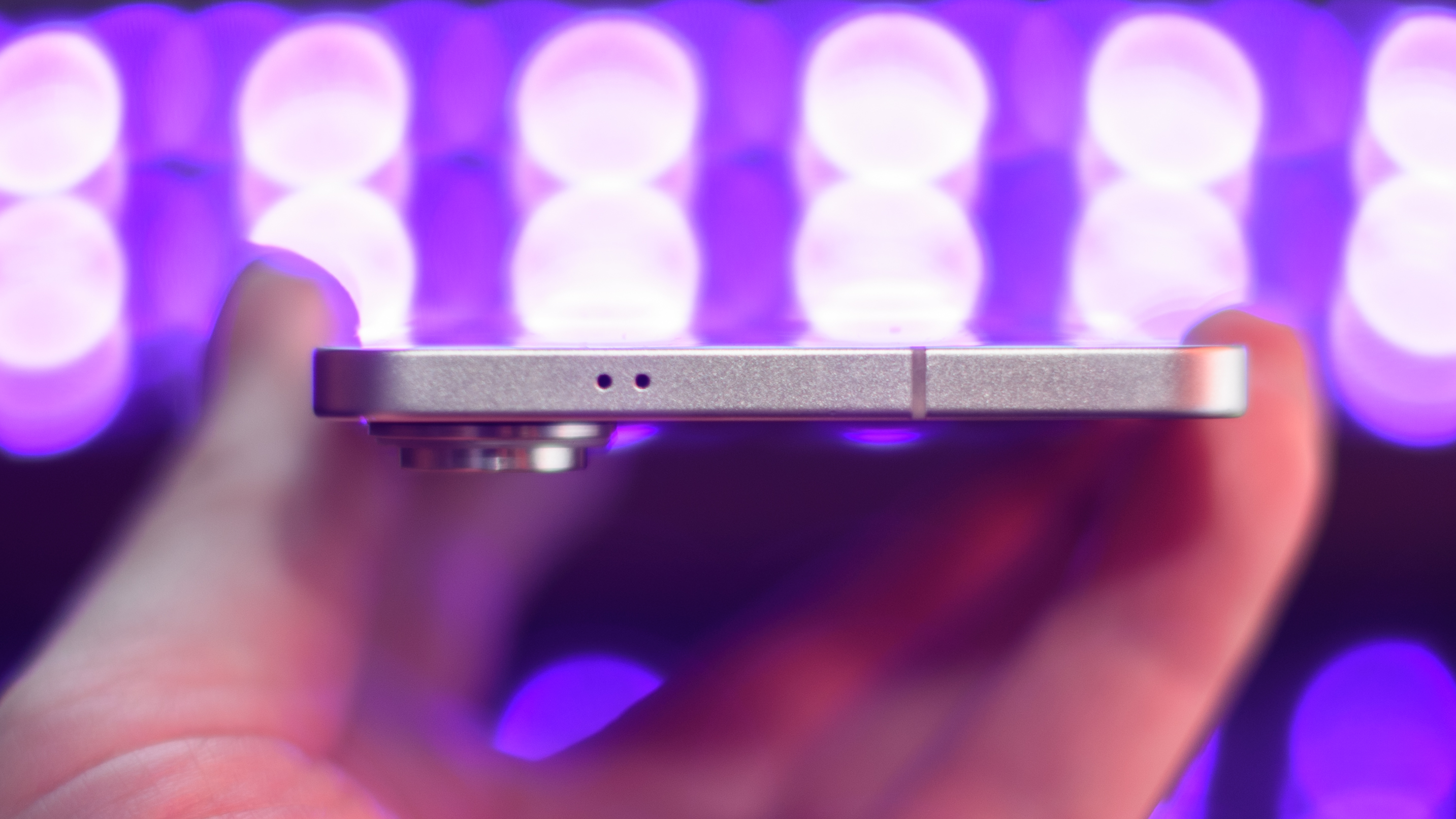
This phone could have been special. Samsung could have tried something new, like capacitive buttons on the side – a trick that rumors say Apple is considering. It could have had super-fast charging to go with that slim battery. It could have had unique colors or a unique finish.
Instead, it’s just a slimmer version of a phone we got six months ago, and it’s not even a really nice version at that.
- Design score: 3 / 5
Samsung Galaxy S25 Edge review: Display
- More Galaxy S25 Plus than Ultra, but that’s pretty great
- Fingerprint scanner was totally unreliable
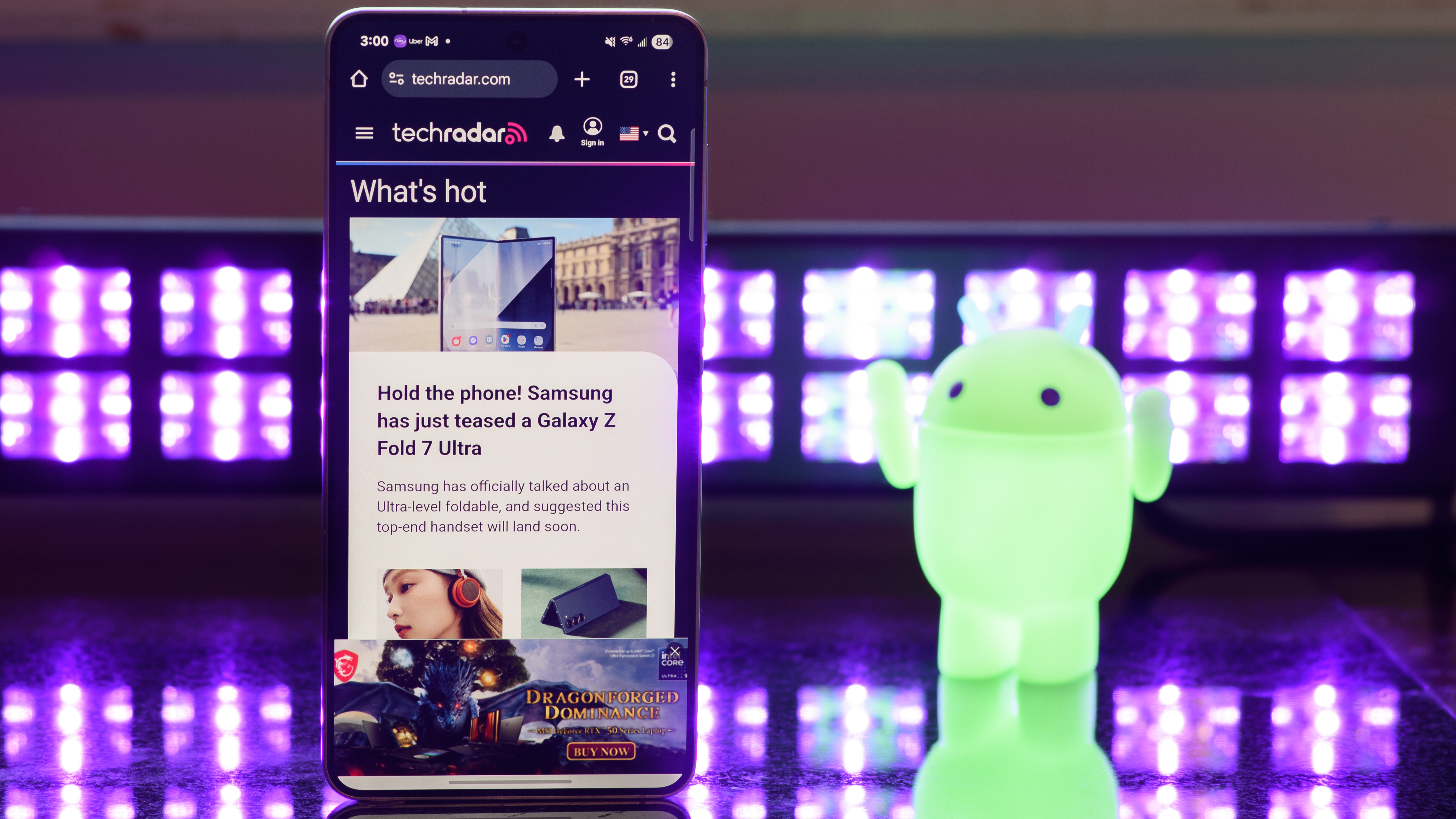
The Galaxy S25 Edge, like the Galaxy S25 Plus, is sort of a hidden gem in Samsung’s lineup when it comes to display quality. While the S25 Ultra has a slightly-larger 6.9-inch screen, all three phones all have the same resolution. When you pack the same pixels into a smaller display, you get a screen that’s technically sharper, in terms of pixel density.
Which is to say the Galaxy S25 Edge has a fantastic screen, one of the best you can find on any phone. It is plenty bright, even in bright sunlight, though the Ultra does beat the Edge thanks to the addition of the remarkable coating that Samsung has been using for a couple of years to eliminate glare on its flagship flat phone.
The display can refresh at up to 120Hz – take that iPhone 16 Plus – and thanks to LTPO tech you can even get a full-color always-on display that refreshes as slowly as 1Hz to save power.
I’ve never had great luck with Samsung’s fingerprint scanners, and the S25 Edge didn’t recognize me any faster than other Galaxy phones, and unlocking failed more often than not. I know I have fingerprints because my OnePlus 13 sees them with 99% accuracy, so I assume this is a Samsung problem, not a me problem.
- Display score: 5 / 5
Samsung Galaxy S25 Edge review: Software
- OneUI 7 is well built, but doesn’t add much to the Edge experience
- AI features can be useful, but many feel like even more bloat
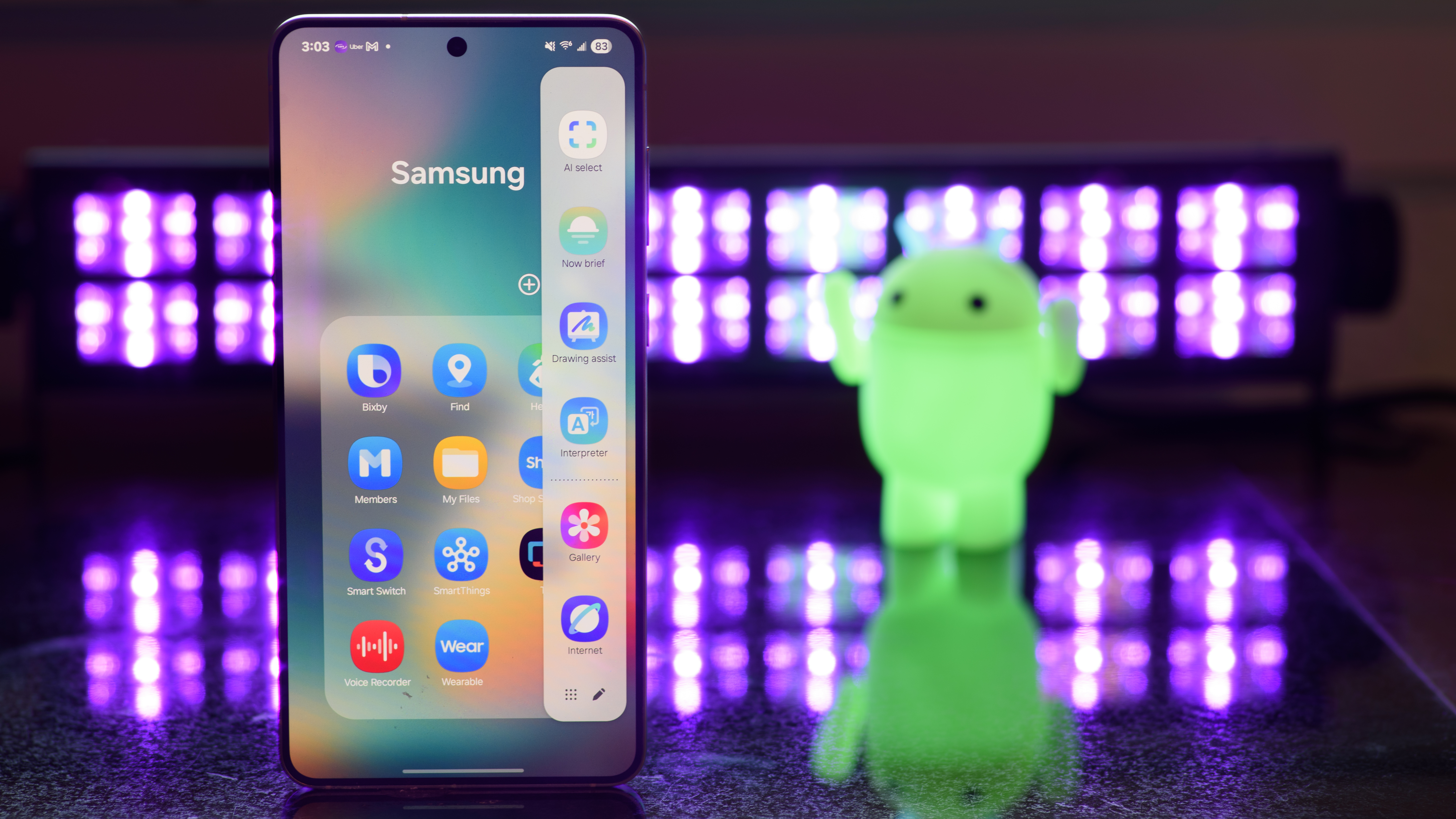
For better and for worse, the Galaxy S25 Edge uses the same One UI 7 interface as the rest of the Galaxy S25 family, with Android 15 serving as the engine. Samsung and Google seem to be locked in a perpetual struggle to control Samsung’s phones, so you’ll get two web browsers, two photo gallery apps, even two wallets and two different password managers.
It’s getting to be a bit much. I’m the first to insist that Samsung’s software – like its Internet web browser – performs better than Google’s alternative. But nobody wants two of everything; you don’t get an extra steering wheel when you buy a car. It’s time for Samsung to end the duplicate-apps project.

There are plenty of Galaxy AI features on the phone, and it comes with Google Gemini preloaded and ready to take over the power button at your beck and call.
I think we may have already hit the wall with AI features. Samsung has been touting its Now Brief widget and app since the Galaxy S25 launched, and it’s a completely useless piece of software. It’s supposed to learn things about me and then offer information tailored to my needs, but nothing like that happens.
I’ve been wearing a Galaxy Watch Ultra and Galaxy Buds 3 Pro while using the S25 Edge for weeks. The Now Brief offers no more than today’s weather, a missive that feels creepy coming from an AI (‘Wishing you well’?!), and the first few events on my work calendar, which are usually the first three people who took the day off and logged it properly.
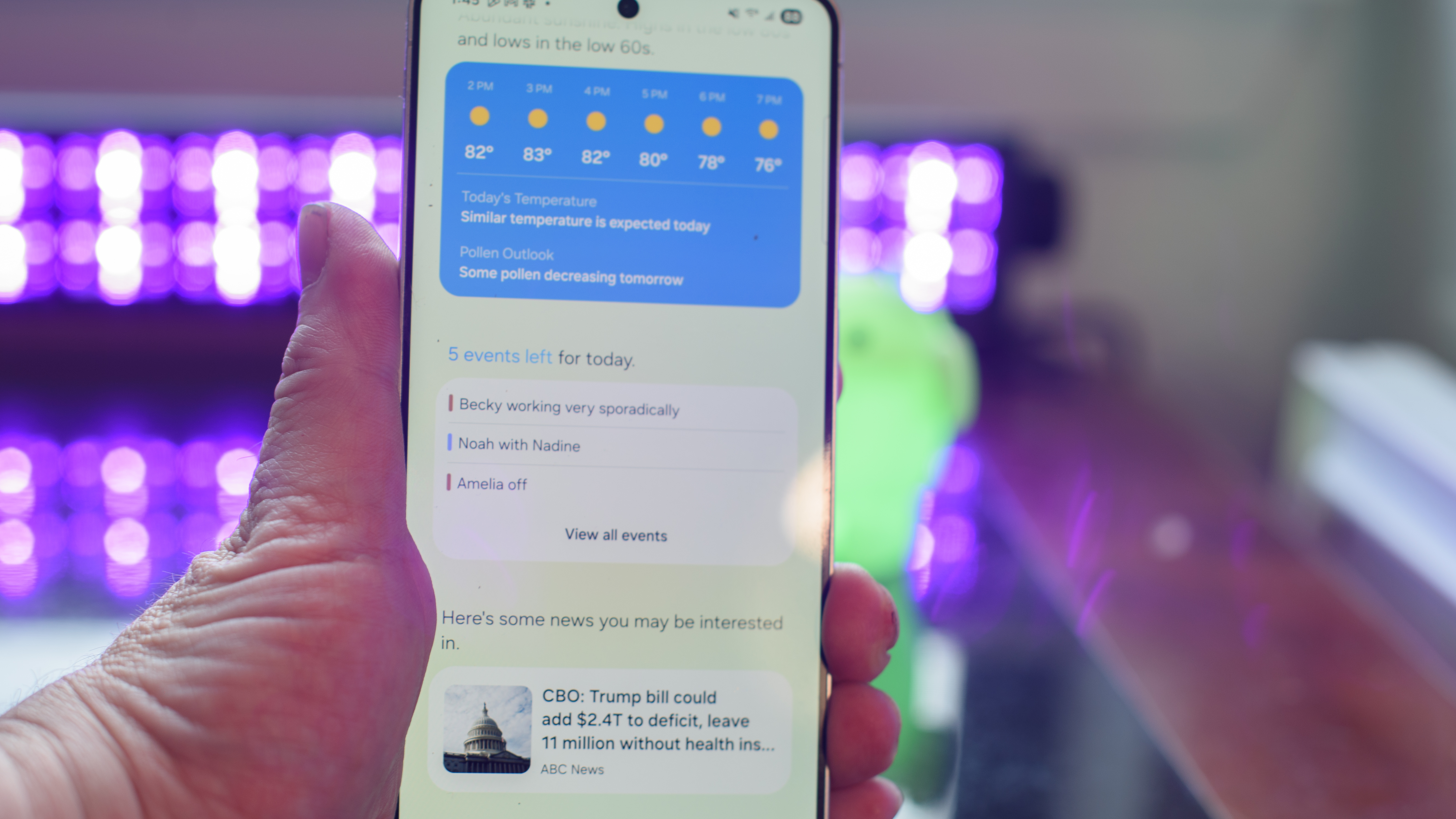
At worst, Now Brief offers me partisan political news. I filter out most politics from my social feeds, and I don’t talk about politics in my text messages, so I’m not sure why Now Brief thinks politics are what interests me. It’s inescapable.
Thankfully, Samsung has confirmed that the Galaxy S25 Edge will get seven years of major Android and security updates, so it should last through Android 22, just like the rest of the Galaxy S25 family.
- Software score: 3 / 5
Samsung Galaxy S25 Edge review: Cameras
- Exactly what I expected based on the specs
- Samsung’s processing can be fun, or inconsistent
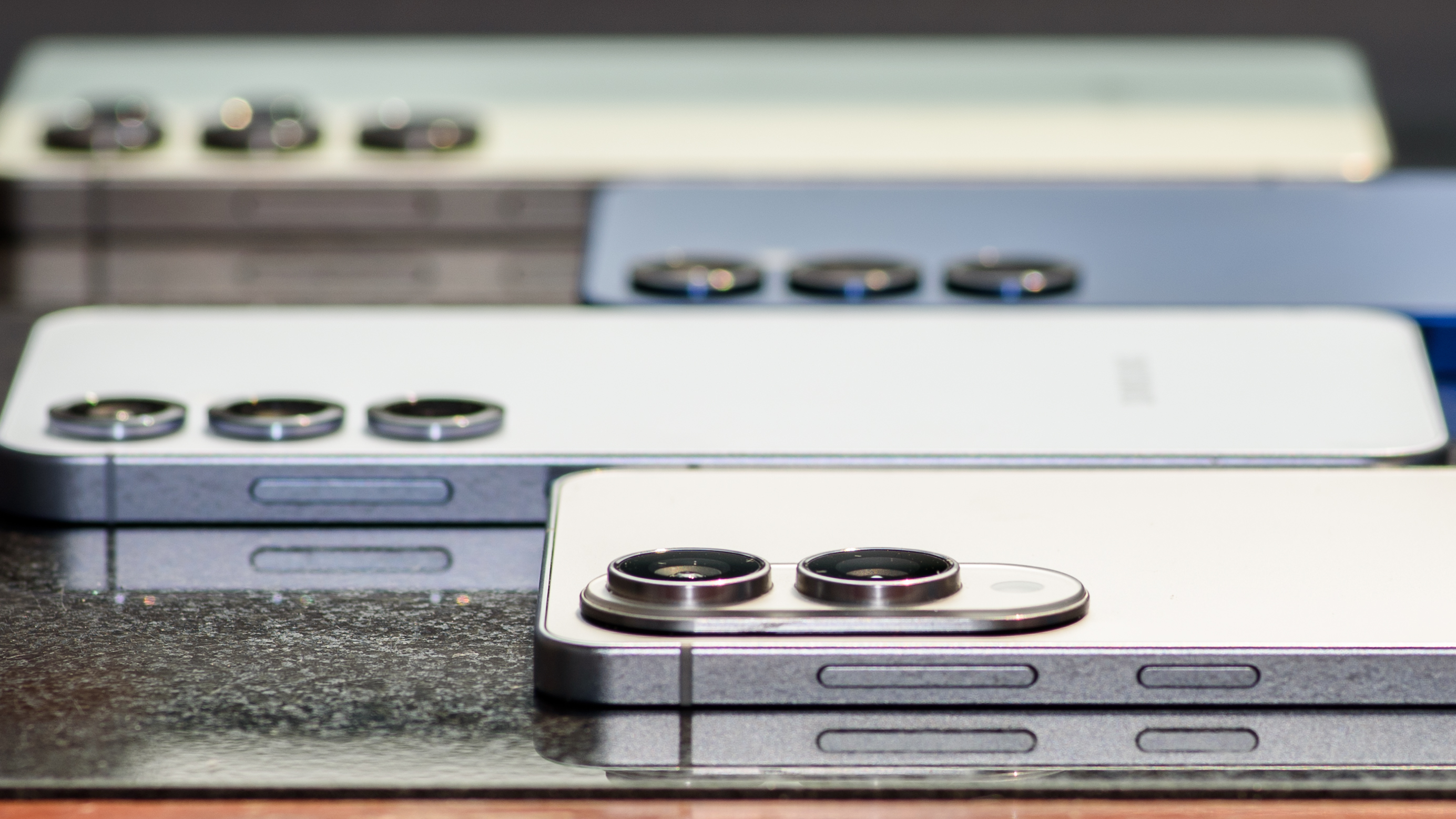
When I heard that the Galaxy S25 Edge would use fewer cameras than its S25 stablemates, with one big 200MP main sensor and a supporting ultra-wide, I was excited at the prospect. After all, one of Leica’s most popular cameras, the Leica Q3, uses a single large sensor and a wide lens, and fakes all of the zoom with digital cropping. If anybody can pull off the same trick on a camera phone, it’s Samsung.
Nope. I’m disappointed to say the cameras are fine, but not groundbreaking. I was hoping the Edge would be a trendsetter. Instead, it runs down the middle of the road without faltering. It does a great job at the things Samsung camera phones do well, but it can’t handle the all-in-one duties of the Galaxy S25 Ultra.
There are no surprises with the Galaxy S25 Edge cameras. The main camera uses a 200MP sensor with a wide lens, and that sensor is a bit smaller than the 200MP sensor on the Galaxy S25 Ultra. No surprise then that the Ultra is still the best Samsung camera phone, in more ways than one.
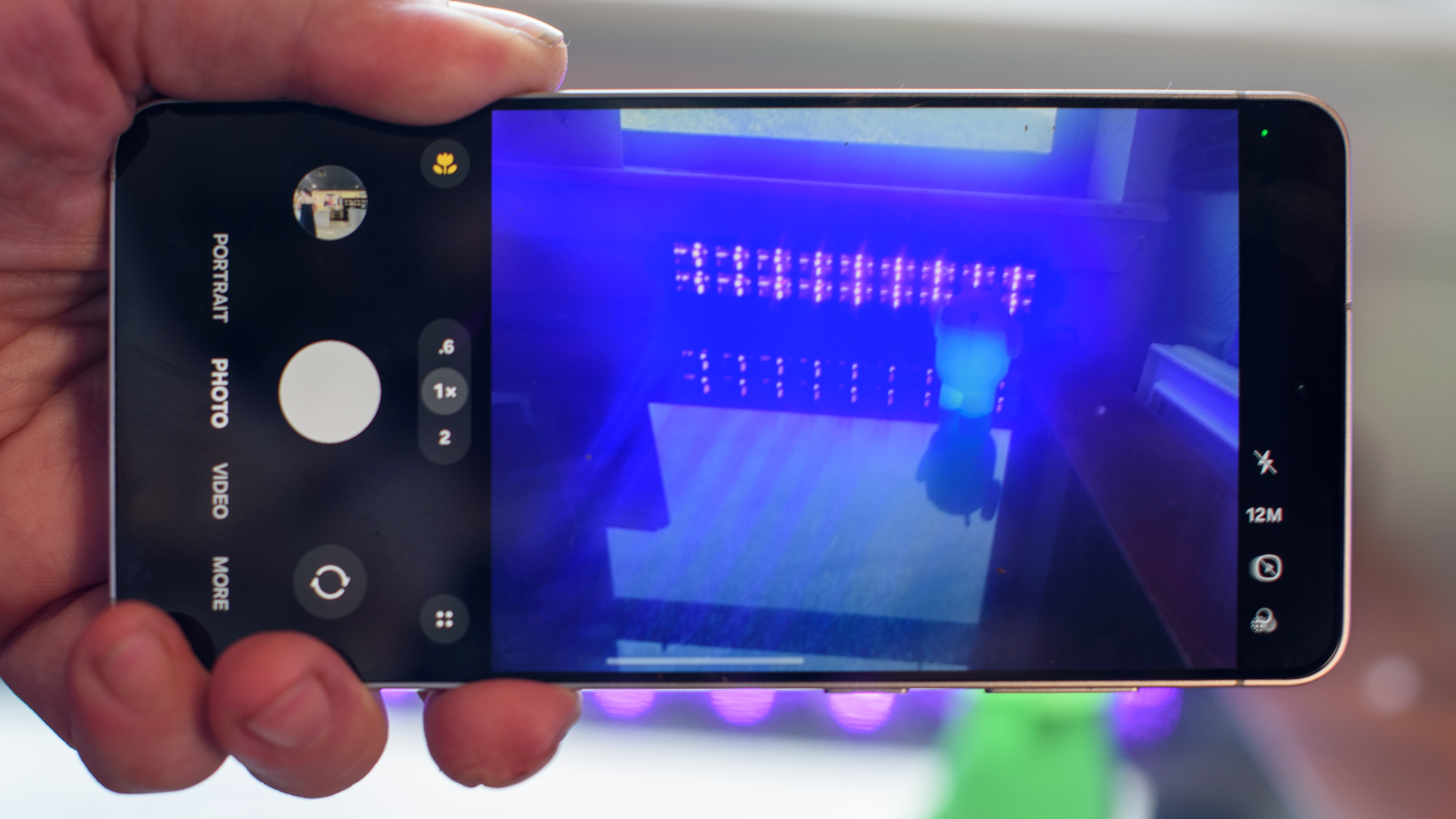
The main camera produces images that are a bit fuzzier than what I got from the Galaxy S25 Ultra, and I was surprised to find the colors dialed back a bit as well. The Edge’s cameras don’t seem to be tuned to pop colors as much as the Ultra cameras do. It still managed to take excellent food photos and warm portraits, like I expect from Samsung.

Galaxy S25 Edge 100% crop
If you need a zoom lens, the S25 Edge isn’t going to satisfy you. The digital zoom doesn’t come close to providing the detail and quality I get with optical zoom on the Galaxy S25 Ultra and iPhone 16 Pro Max. A heron across the river looked like a white, featherless blob when I snapped a pic with the Edge. The iPhone and Galaxy Ultra images revealed a beak and some plumage.

Galaxy S25 Edge 10X digital zoom
If you take a lot of photos outdoors, the S25 Ultra has a coating on the display to reduce glare, and it makes a big difference even compared to the S25 Edge, which has a nearly-identical display otherwise. The Edge can get bright, but it’s much easier to see the Ultra’s screen if the sun is shining directly on you.
- Camera score: 3 / 5
Samsung Galaxy S25 Edge review: Camera samples

Samsung Galaxy S25 Edge review: Performance
- Excellent performance from the Qualcomm Snapdragon 8 Elite
- The Edge stayed very cool under conditions that break other phones
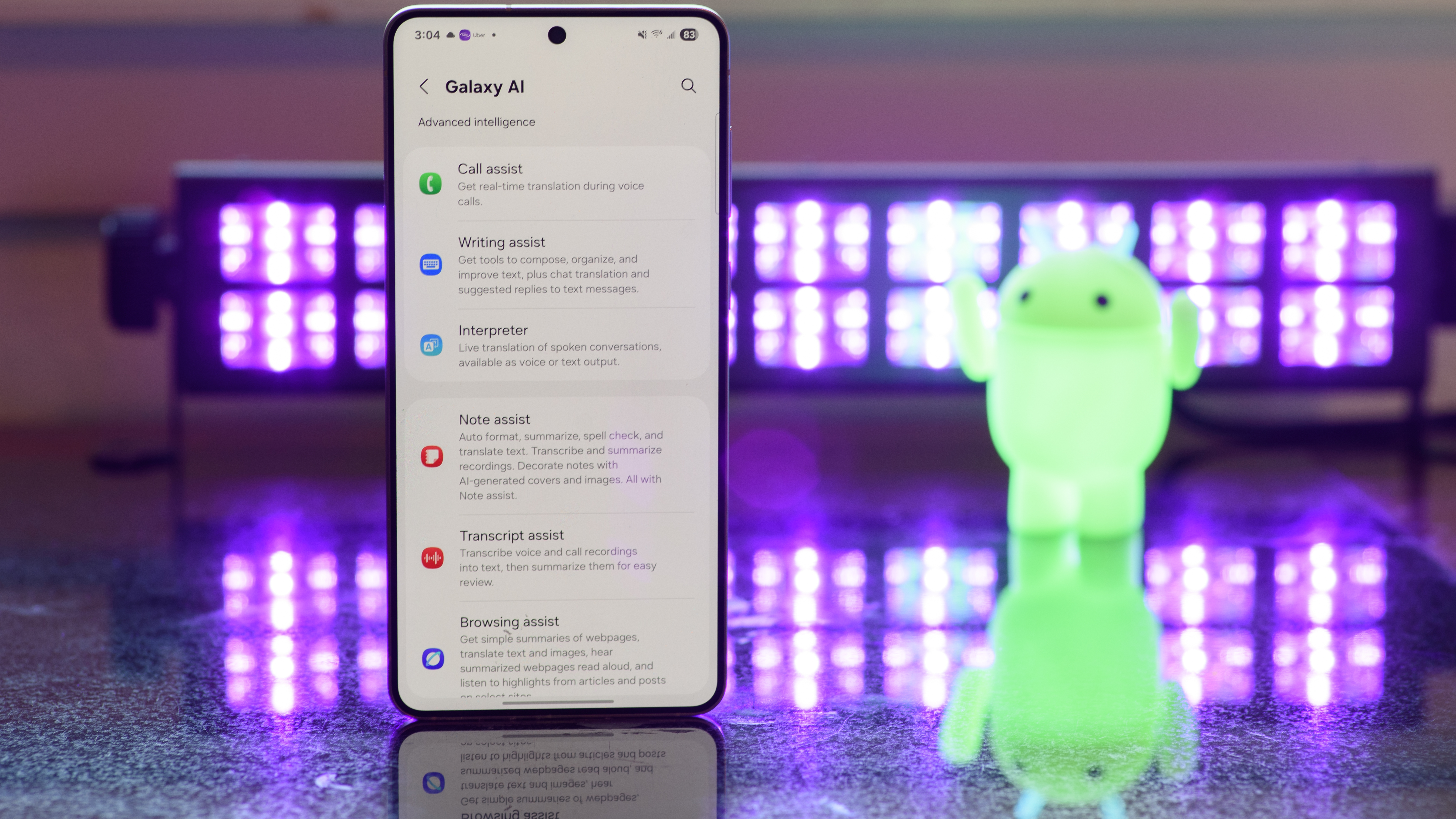
I was expecting excellent performance from the Galaxy S25 Edge, and this phone delivered beyond my expectations. It was plenty fast, with that overclocked Snapdragon 8 Elite for Galaxy chipset providing a bit more boost than you’ll get on a non-Samsung Snapdragon phone. Samsung has also done a remarkable job of keeping the phone cool, even when you push the performance to the limit.
I perform a stress test where I run multiple mapping apps on a phone, and play music over Bluetooth, then sit the phone above my car dashboard in the sunshine. Most phones take less than an hour of this punishment before they shut down due to overheating.
The S25 Edge never quit, managing to stay cool enough to function for as long as I needed. That’s incredible – every iPhone, Pixel phone, and Galaxy phone I’ve tested has failed this endurance test. The Edge really lives up to Samsung’s claims of much better cooling – that 10% larger vapor chamber clearly makes a real difference.
This makes the Galaxy S25 Edge an easy contender for a best gaming phone ranking. It offers great performance and superior cooling – everything a gaming phone needs.
I also had fun playing games with the Galaxy S25 Edge clipped onto my Xbox wireless controller using a cheap third-party attachment from Amazon. The phone is so lightweight that gaming for long periods was a breeze – it’s a nice way to kill time while I wait for my Switch 2 to arrive.
- Performance score: 5 / 5
Samsung Galaxy S25 Edge review: Battery
- Good battery for the thin size, but not great
- Couldn’t last a full day if I used it aggressively
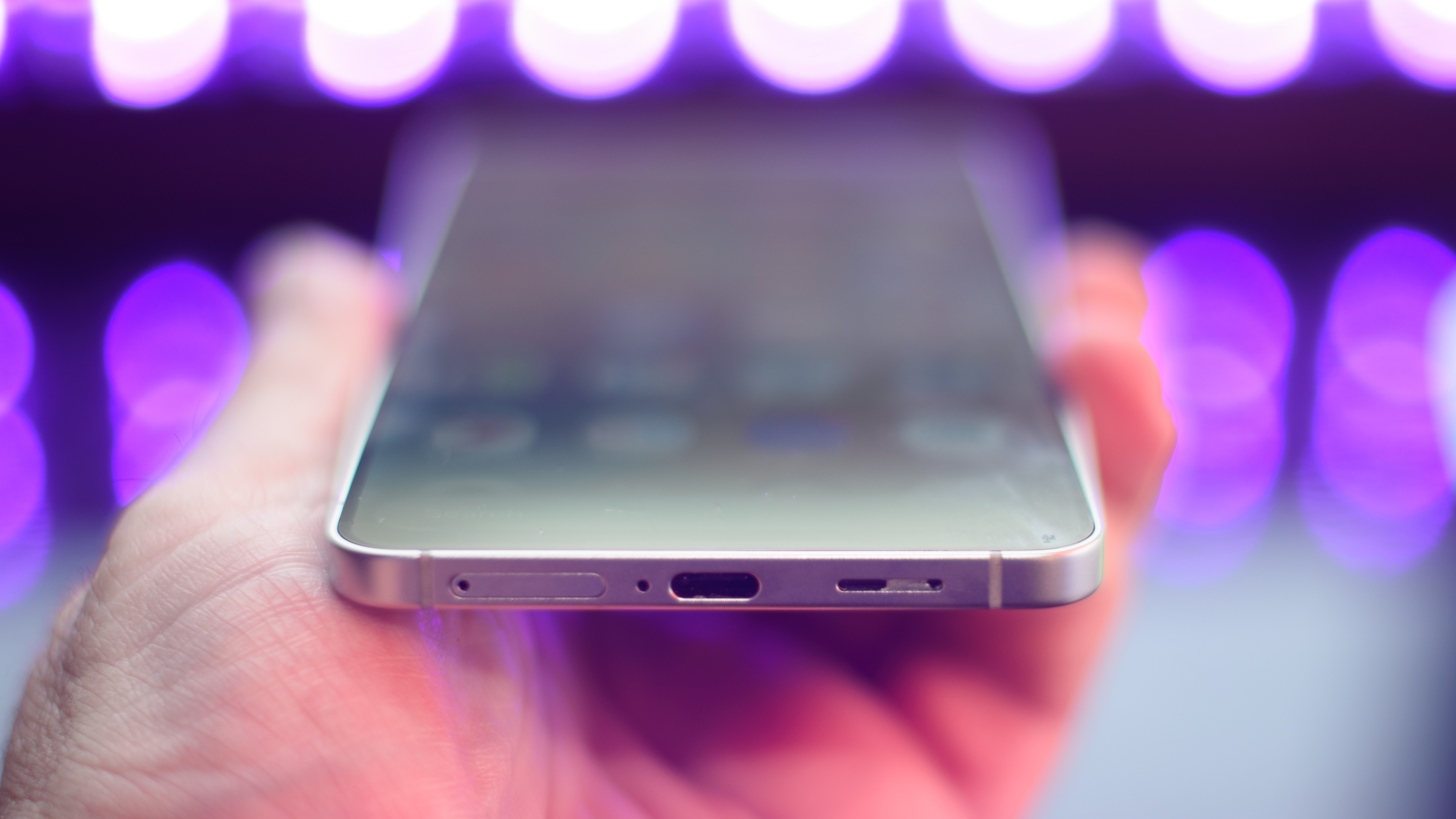
As I said above, Samsung could have made a thinner Galaxy S25 Edge, but the battery life would be terrible – as it is, during my review period the S25 Edge often needed a recharge while I was eating dinner, especially if I played games, took a lot of photos, or otherwise taxed the phone heavily.
If I scrolled my social feeds and listened to music on the train into work, I would be concerned about whether the battery would last until the train ride home.
It’s too bad Samsung didn’t use the latest silicon carbon battery technology found in the OnePlus 13, which might have helped it to pack in more power. I also wish this phone charged faster than other Galaxy S25 models, not slower – if it had 80W charging like the latest OnePlus phones I wouldn’t be worried about having to top up throughout the day, because that top-up would take less than 15 minutes.
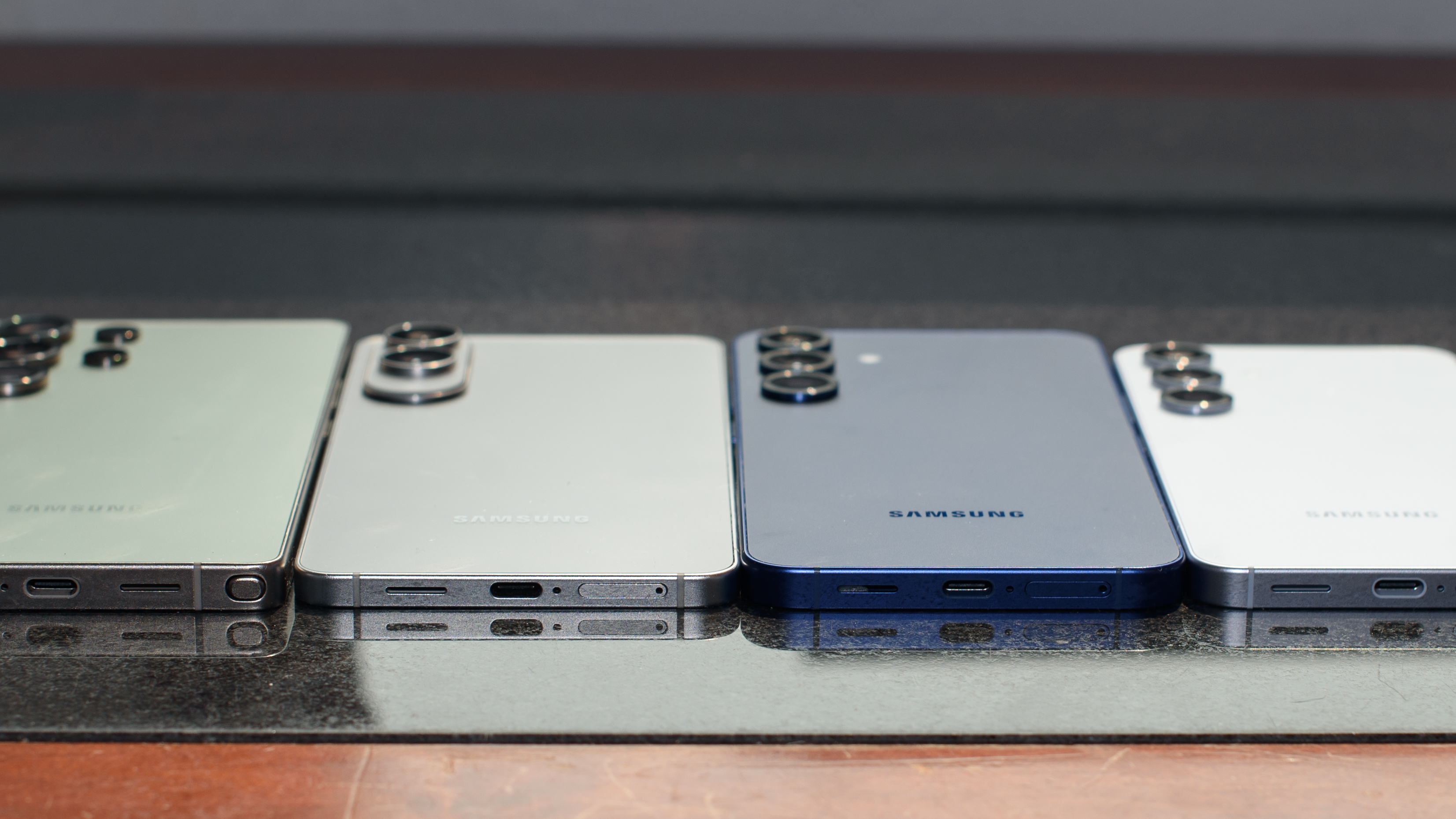
As it stands, 15 minutes of charging got me just past 25%, and a full charge took about an hour. That’s pretty slow by today’s standards, especially considering that this battery is smaller than any other inside a Galaxy S25 phone.
Samsung might also be exaggerating its battery claims. It told us to expect the Edge to offer longevity somewhere between the Galaxy S24 and Galaxy S25, but in our lab benchmark tests the S25 Edge lasted for less than 13 hours of constant use where the Galaxy S24 lasted more than 13 hours, and the Galaxy S25 topped 15 hours.
If you really need good battery life the Galaxy S25 Plus is the Samsung champ, delivering almost 19 hours of screen time in our rundown test. But it’s not the Edge’s lack of battery life as such that bugs me; it’s how long it takes to top the phone up.
- Battery score: 3 / 5
Swipe to scroll horizontally
Value | Not a bad price for the svelte design and pocketability. You know what you’re getting, there are no surprises, so it seems like a fair upgrade from the Galaxy S25 Plus (or is it a downgrade from the Ultra?) | 4/5 |
Design | A bit thinner and much lighter than any other flat phone you’ve tried. You can’t tell by looking; you have to pick it up to feel the difference. The finish is a bit shoddy, but the design might still satisfy buyers with a sore pinky. | 3/5 |
Display | The same great display I saw on the Galaxy S25 Plus (with the same lousy fingerprint scanner). It’s super sharp and very bright, though if you’ll often be in bright sunshine the Ultra has a better anti-glare coating that makes it worth a look. | 5/5 |
Software | Samsung’s One UI looks as good as ever, though the AI features are starting to wane in terms of their usefulness. Thankfully, this phone gets seven years of updates, so it will have no problem running your favorite apps and hopefully improving in the years to come. | 3/5 |
Cameras | You get fewer cameras on a thinner phone, but the main camera still takes fantastic shots, albeit ones that are a bit subdued by normal Samsung standards. They don’t pack the same detail as the Ultra, but food photos and portraits are especially gorgeous. | 3/5 |
Performance | Fantastic performance from the Snapdragon 8 Elite for Galaxy is paired with some of the most impressive cooling I’ve experienced on a smartphone. I couldn’t get the Edge to fry itself, no matter how much I pushed past its performance limits. | 5/5 |
Battery | Battery life isn’t terrible considering the weight reduction, but I wish the smaller battery came with faster charging to make me forget how long I need to wait. I had to charge the phone most nights after dinner, unless I was careful. | 3/5 |
Buy it if...
The Galaxy S25 Plus would be perfect if it were easier to hold
The Galaxy S25 Edge is the Galaxy S25 Plus minus millimeters and ounces, so it’s easier to grab and easier to hold for longer.
You want the second-thinnest Samsung phone
The Galaxy S25 Edge is the thinnest Galaxy S phone, and if you don’t like foldable phones it’s the thinnest Samsung phone you care about.
Don't buy it if...
You thought it would be the thinnest
The Galaxy S25 Edge isn’t really the thinnest anything, but it is very light, and that might be more important when you’re holding it for a long time.
You’re taking photos in bright sunlight… from far away
The Galaxy S25 Ultra remains the Samsung camera champ, with its anti-glare screen coating that helps in bright light plus its real optical zoom lenses… plural.
Samsung Galaxy S25 Edge review: Also consider
Samsung Galaxy S25 Plus
The Galaxy S25 Plus isn’t as thin as the Galaxy S25 Edge, but it has the same specs with much, much longer battery life. It even gives you a real zoom camera.
Read our full Samsung Galaxy S25 Plus review
Samsung Galaxy S25 Ultra
If you don’t need an S Pen, or anti-glare, or two zoom lenses, or incredible battery life and faster charging, or up to 1TB of storage, you don’t need the Ultra, but you want it.
Read our full Samsung Galaxy S25 Ultra review
Swipe to scroll horizontally
Price: | $1,099 / £1,099 / AU$1,849 | $999 / £999 / AU$1,699 | $1,299 / £1,249 / AU$2,149 |
Display: | 6.7-inch LTPO AMOLED | 6.7-inch LTPO AMOLED | 6.9-inch LTPO AMOLED |
Cameras: | 200MP main, 12MP ultra-wide | 50MP main, 12MP ultra-wide, 10MP 3x telephoto | 200MP main, 50MP ultra-wide, 10MP 3x telephoto, 50MP 5x telephoto |
Battery Life HH:MM (Future Labs test): | 12:45 | 18:46 | 18:35 |
How I tested the Samsung Galaxy S25 Edge
- I tested the phone for two weeks
- I took dozens of photos
- I played games and watched movies
- I checked email and worked in Slack
- I used AI features extensively
- Benchmark testing is for comparison, not scoring purposes
I tested the Samsung Galaxy S25 Edge for more than two weeks before posting this review. I received the Edge before I traveled to Google I/O, and I took the phone along as my primary work device and for entertainment on flights.
When I got back from Google I/O I had Covid, so the Galaxy S25 Edge was my primary couch companion, and my source of entertainment and contact with the world. I used it to play games, watch movies, and listen to audiobooks.
When I’d recovered, I took the S25 Edge car shopping and connected it to a number of different cars to test. I used the phone to take photos, research cars, and more. I even asked for help from Google Gemini and Samsung’s Galaxy AI to do research, answer calls, and respond to solicitors.
I connected the Galaxy S25 Edge to a Galaxy Watch Ultra, Galaxy Buds 3 Pro, and an Xbox Wireless controller, among numerous other devices.
Future Labs tests phones using a mix of third-party benchmark software and proprietary, real-world tests. We use Geekbench, CrossMark, JetStream, WebXPRT and Mobile XPRT, and 3DMark for performance testing. We test a phone's performance on video tasks using Adobe Premiere Rush. We also measure display color output and brightness.
For battery testing we perform proprietary tests that are the same for every phone, which enable us to determine how long it takes for the battery to run down.
Why you can trust TechRadar
☑️ 100s of gaming laptops reviewed
☑️ 15 years of product testing
☑️ Over 16,000 products reviewed in total
☑️ Nearly 200,000 hours testing tech

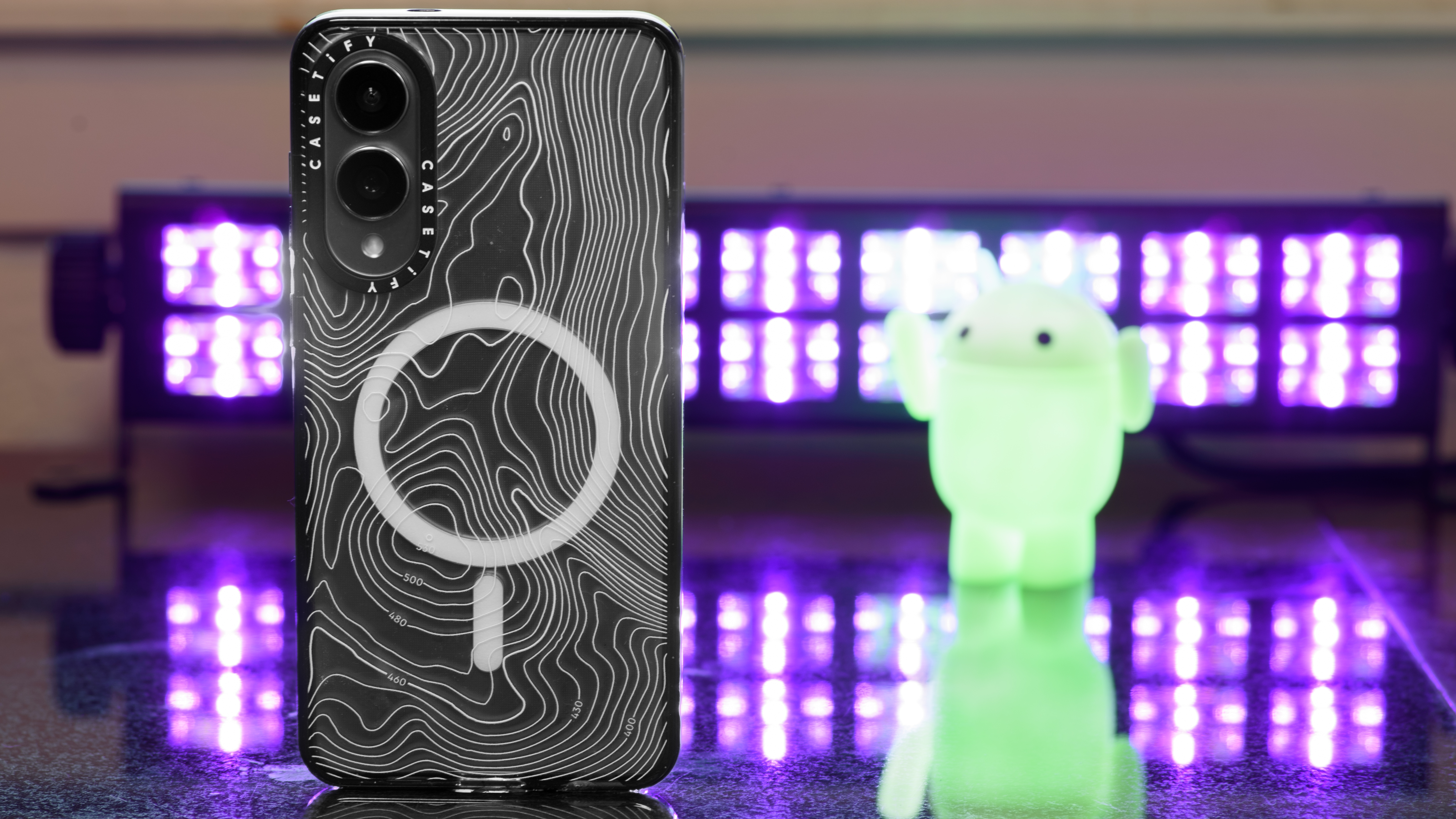
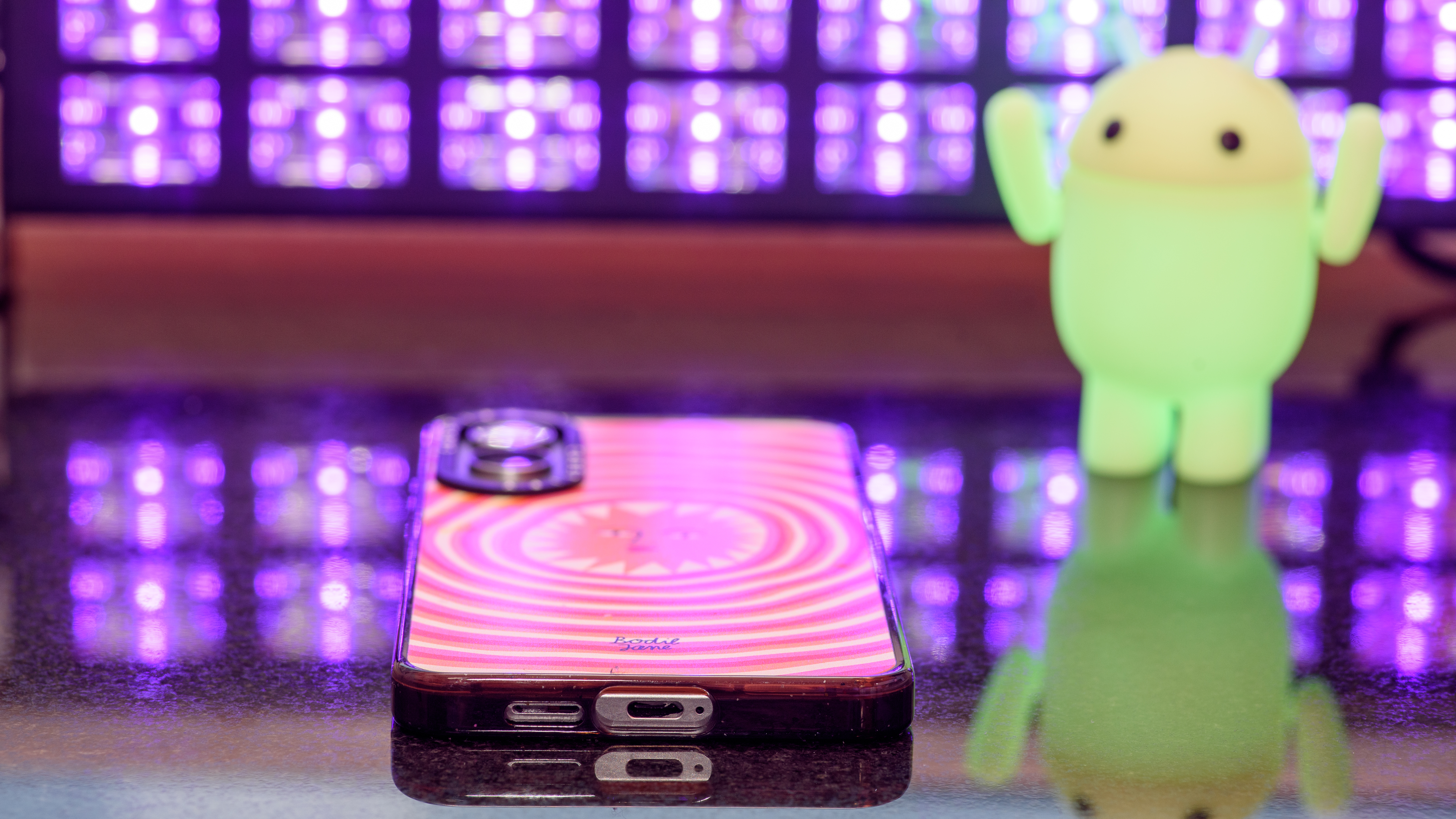











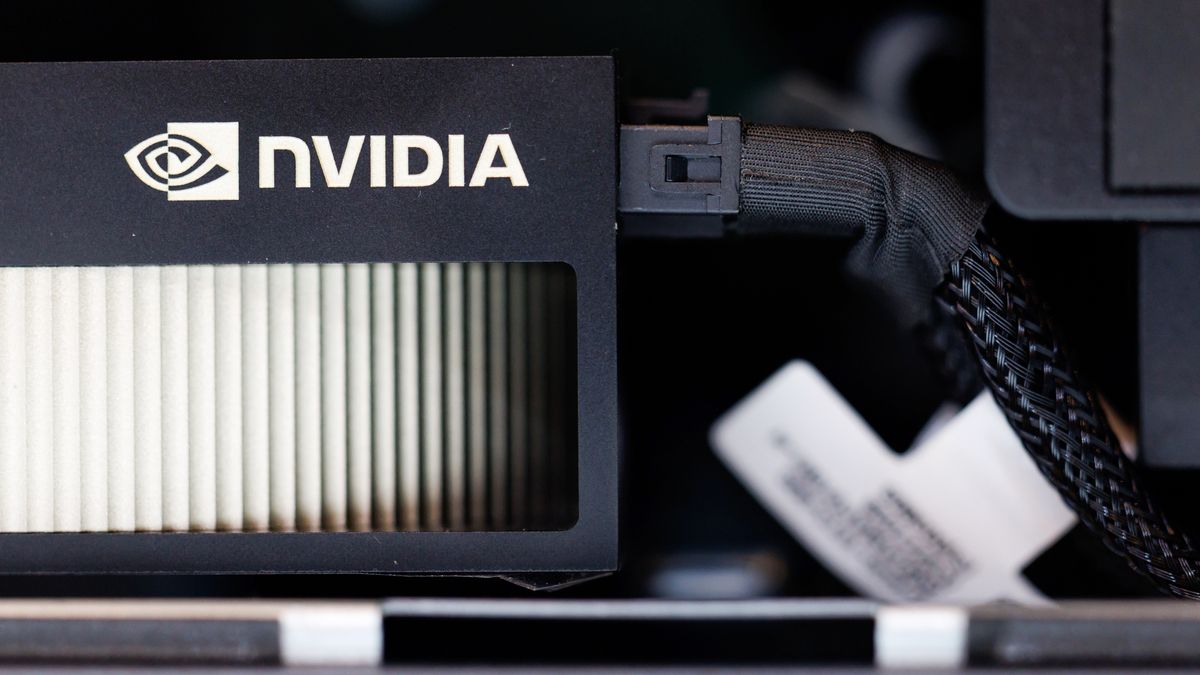




 English (US) ·
English (US) ·